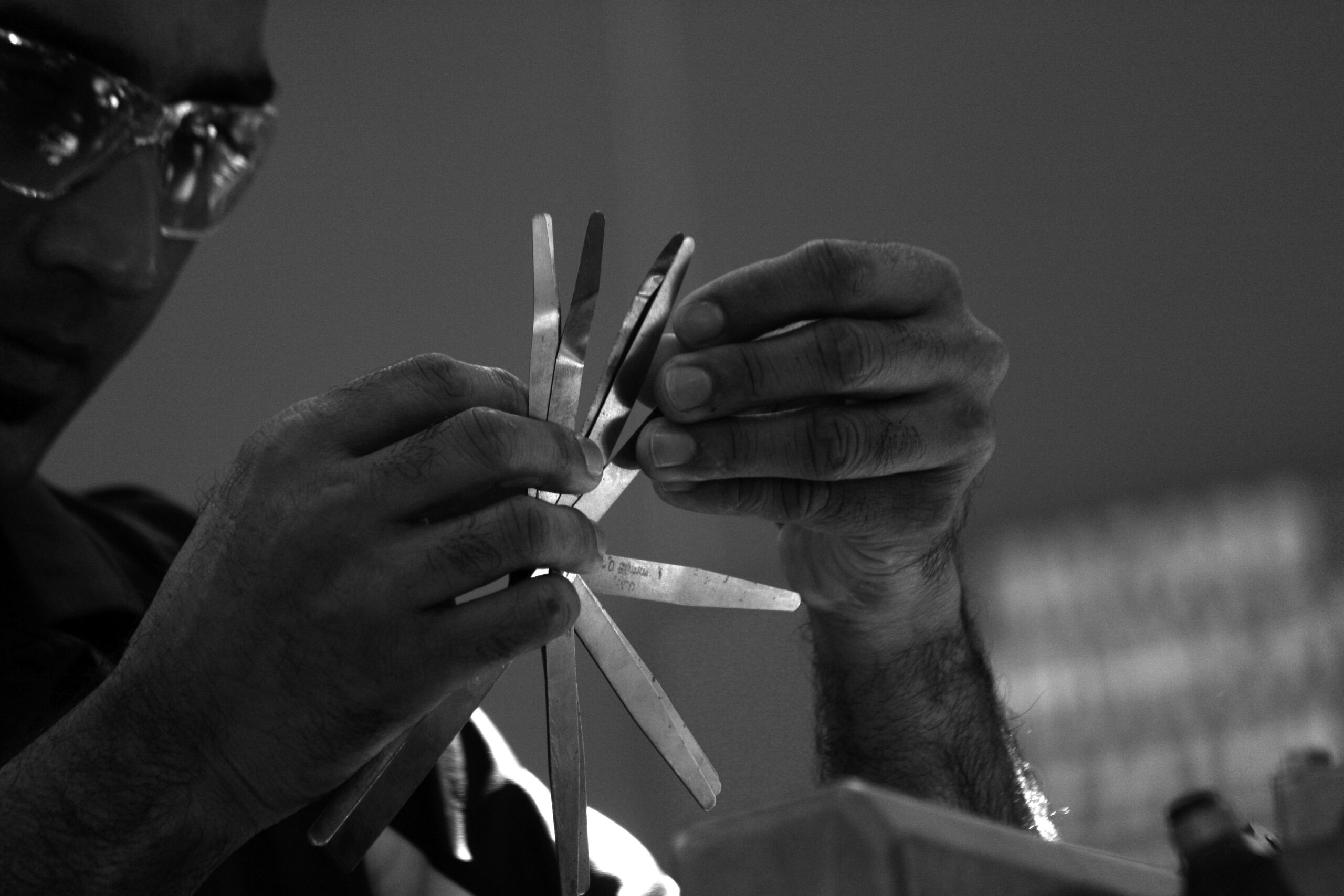Automation in manufacturing is a no brainer. You reduce labor costs, HR expenses, and accounting time. However, there’s still a huge barrier to overcome when it comes to the initial cost of investing in widescale automation.
You need to make a case to yourself, first and foremost, that you’re not throwing money away on robotics. So, you need several reasons why the ROI on an investment in automation will be worth your time.
ROI, or the return on investment that you can expect, is an easy thing to calculate if you look at automation in the following ways.
1. Robotics Are Cheaper in the Long Term
The typical manufacturing method of judging ROI considers the first two years after an investment is made. This budgeting strategy prioritizes short term benefits and wealth instead of long term company advantages.
If you’re investing in robotics, then you need to start thinking in the long term. Once installed, an automated system should only require routine maintenance over its five to 20-year lifespan.
What’s better, robots operate at the cost of 75 cents per hour. The savings will take a while to impact, but once you overcome the initial cost of installation, then the immediate benefits to your bottom line should be obvious.
2. ROI Is Exponential
If you calculate ROI over the life of your automation, then you’ll start to notice some shockingly good numbers.
For a typical $250,000 installation, you should begin to see a return on your investment after the three-year mark. Once you overcome your initial debt, the benefit of paying 75 cents an hour will start to take shape.
Once you pass year seven into the investment, then you should have experienced a $1.5 million increase in your company’s cash flow that will only increase.
These calculations are based on an assumed two-day workday and a five day work week.
3. Cost of Ownership Is Incredibly Cheap
Outside of check-ups, robotic automation shouldn’t need maintenance for the first years of its working life. Just keep the arms lubed and treat the machines gently.
After those years have passed, you’ll likely have to do more invasive maintenance like replacing wires, bearings, and other operative quality improvements.
After the first decade of use passes, it will be time to refurbish the machines to prepare them for another decade of service.
Compare the cost of these activities to the cost of hiring, training, and providing benefits for employees, and the argument for automation is mostly made. Still, let’s break down the typical maintenance costs.
- $500/year for three to four years for regular maintenance
- $5000 in the fourth year for wire replacements and more invasive care
- $500/year for the next three to four years for regular maintenance
- 50 percent of the robots asset value in refurbishment after eight to 10 total years or 30,000 hours of use (whichever comes first)
That’s a savings of $316,000, assuming you invested $250,000 in robotics to replace one worker making $45,000 a year.
4. Your Workflow Becomes More Efficient
You can’t operate your robots on your own. You still need personnel to control and monitor the robots as they work.
However, because these jobs are typically more efficient and require a higher degree of skill, you can easily justify the extra expense. One tech generally controls a bank of robots instead of only one. So, you can afford to pay more for the best of the best without worrying about your pocketbook.
For example, if one tech controls a bank of 10 robots that, in turn, replaced 10 $45,000/year employees, then you can pay the tech $90,000/year, and you can collect profit from eight of the remaining machines.
5. The Labor Pool is Shrinking
The US population is aging, and there’s no guarantee that it will bounce back anytime soon. That means that the workforce that manufacturing plants depend on will not exist in the near future.
To avoid price wars for laborers now is the time to upgrade your automotive machinery facility to face a future where manufacturing labor will continue to get more expensive.
Reduce your reliance on human labor factors to protect your company against an uncertain future.
6. Automation in Manufacturing is Safer
A single medically consulted injury can cost well over $39,000. That means that if a worker injures themselves on your factory floor, you could be liable for nearly $40,000 in damages.
Now, the expense here is no surprise. Workplace injuries occur, and every business should plan what to do when they occur. However, it’s a good idea to get in front of the issue by reducing your workplace’s danger overall.
Overall, factory automation reduces clutter and potential hazards that workers face. Robots can handle heavy equipment without injury, and they can sort heavy falling objects to high shelves with reduced danger. The more you invest in automation, the more you benefit from the safety features that they bring to your workplace.
Removing your employees from situations that can cause them injury should always be your first consideration.
7. Automation Allows You to Hire Older
Robots remove physical abilities from the center of the hiring discussion. Often the vitality of stronger, young workers will be at the center of warehouse based work. This can be detrimental to hiring workers with diverse experience levels and with more varied abilities.
This factor should be at the top of your mind as we move into the next decade. As the workforce ages, your company will need to hire older workers to remain staffed. If you can employ older workers thanks to robotics-assisted workloads, then you’ve given yourself a leg up.
Automation is a Doorway to a Wider World
The benefits of automated factories and manufacturing plants open up an expansive world full of possibilities. We need to embrace the future by letting go of the stigma that robotics often faces.
Robots won’t take over, and they won’t destroy jobs. Automation in manufacturing changes the factory labor landscape into what it’s been transitioning to for a long time.
If we embrace the future, then new opportunities will arise. You can learn more about automation in manufacturing by reaching out to us here.



